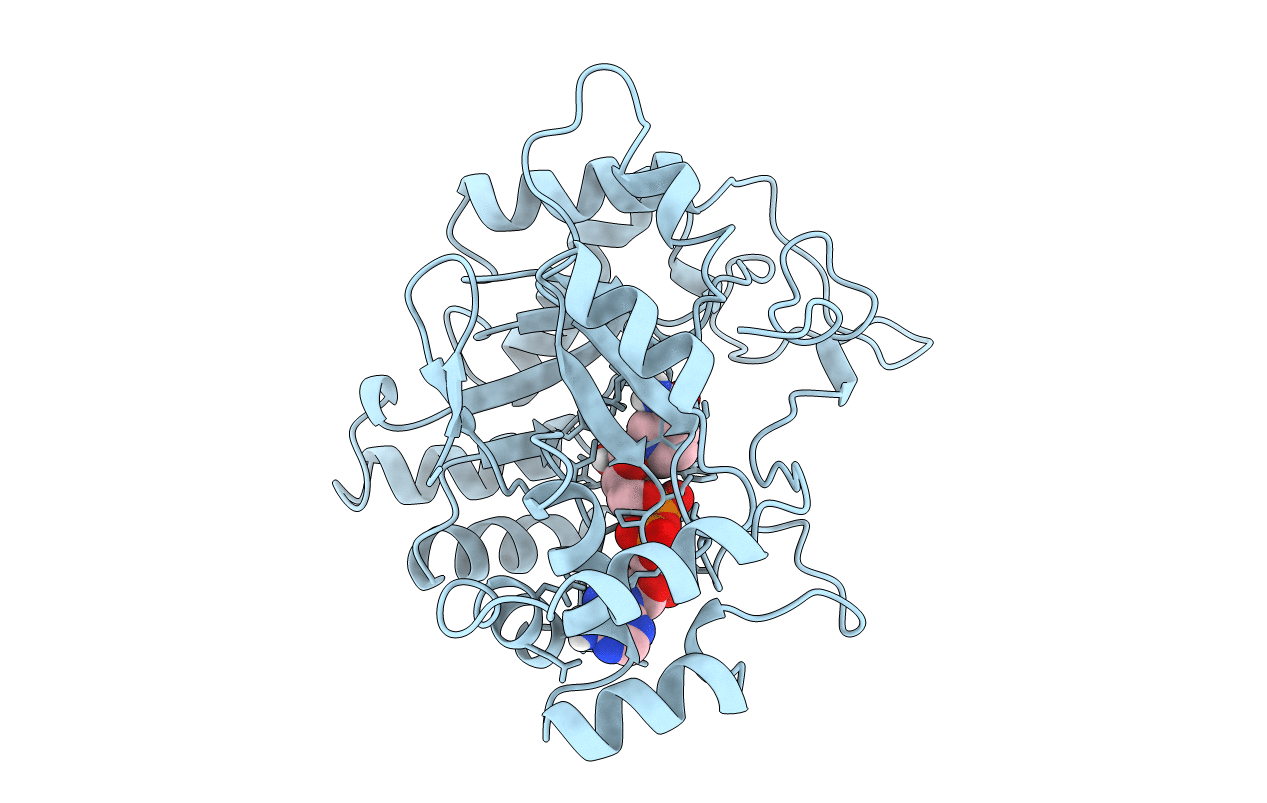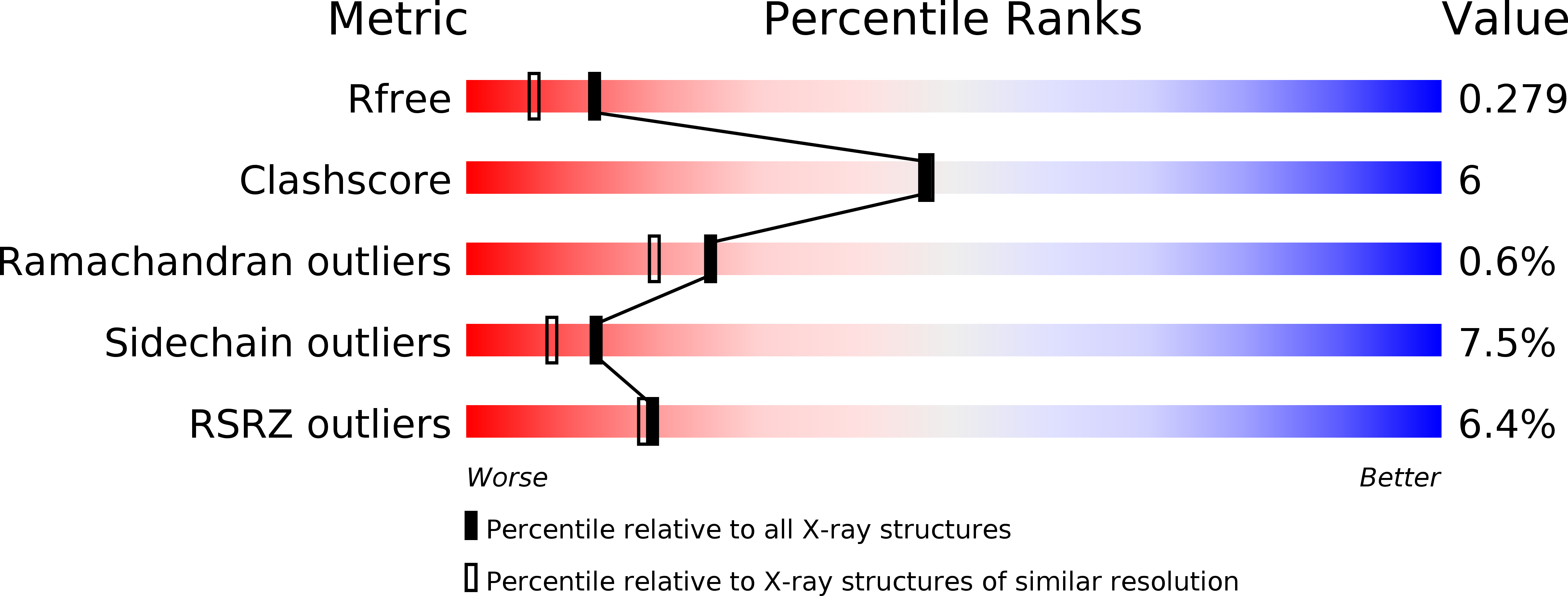
Deposition Date
1997-04-12
Release Date
1998-04-15
Last Version Date
2024-04-03
Method Details:
Experimental Method:
Resolution:
2.00 Å
R-Value Free:
0.28
R-Value Work:
0.20
R-Value Observed:
0.20
Space Group:
P 43 21 2


